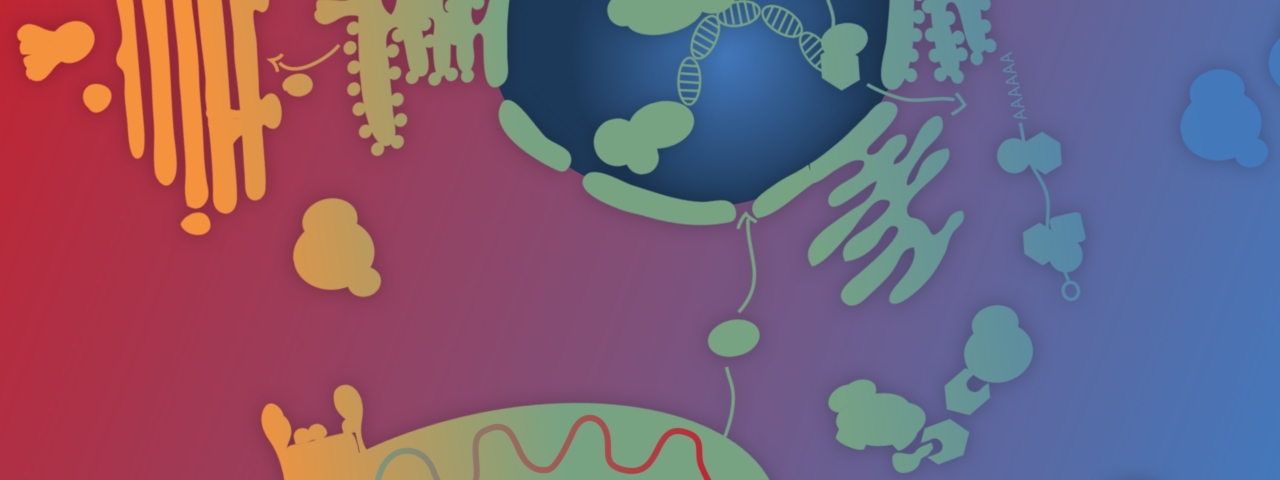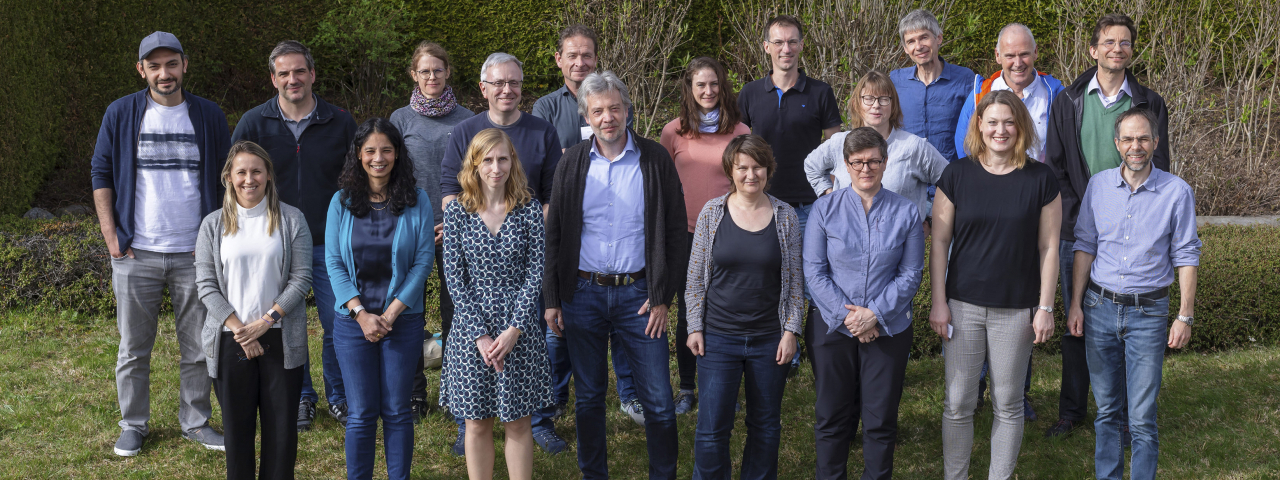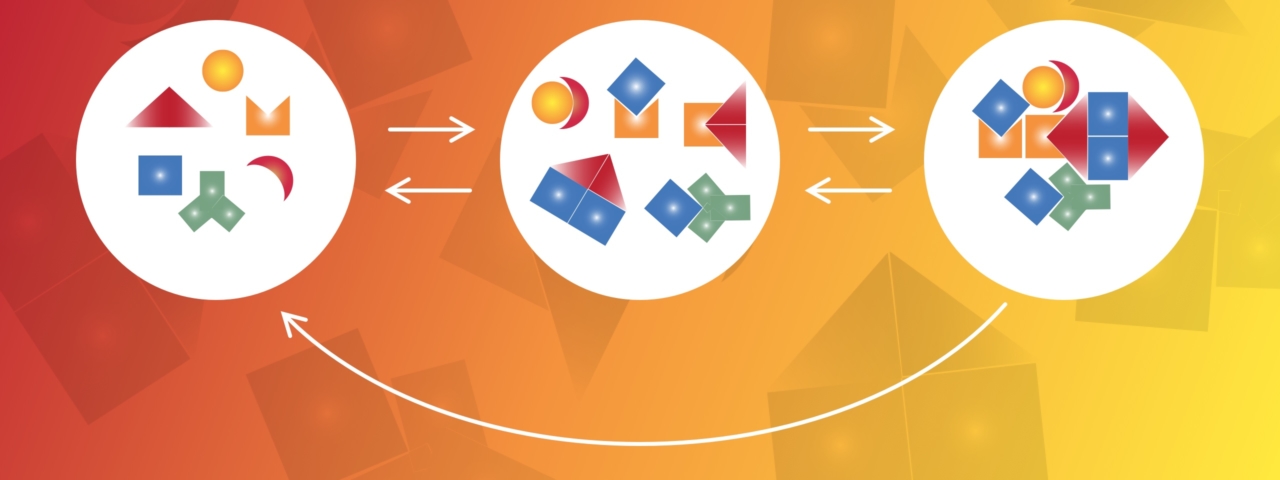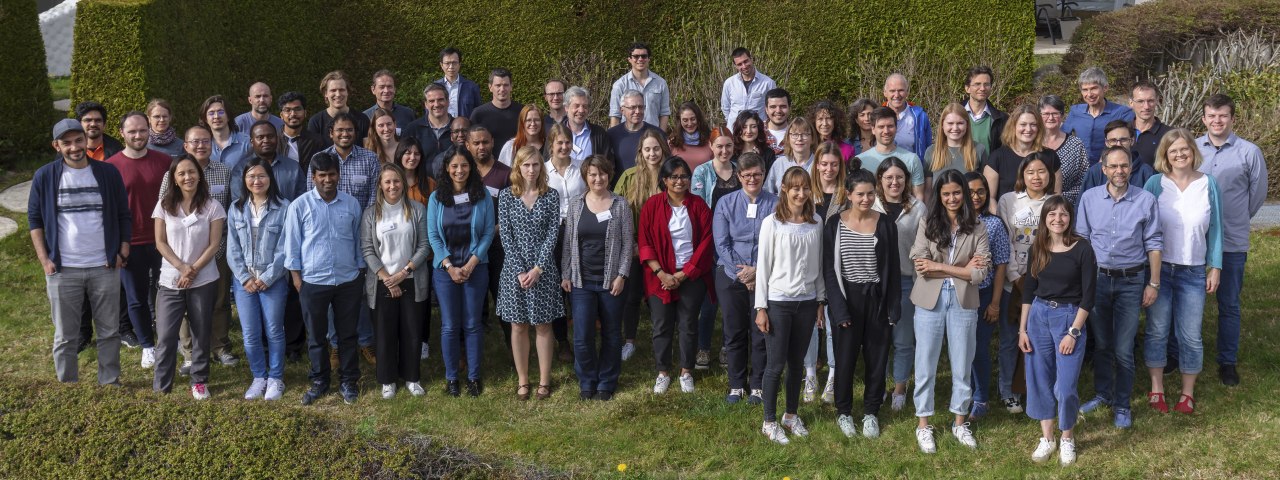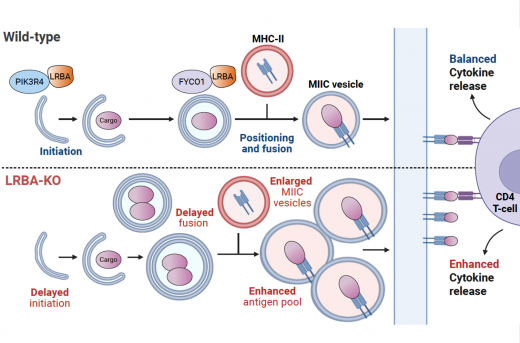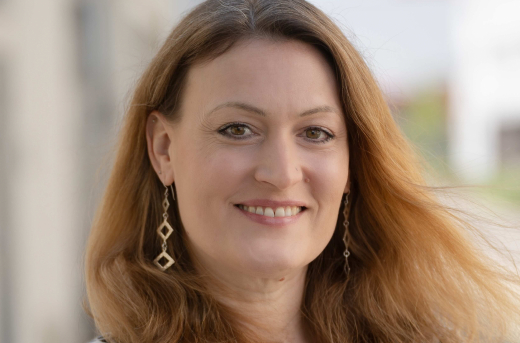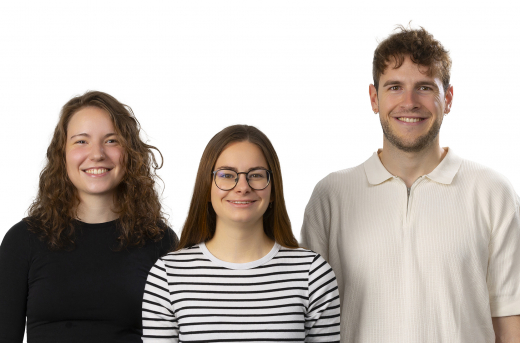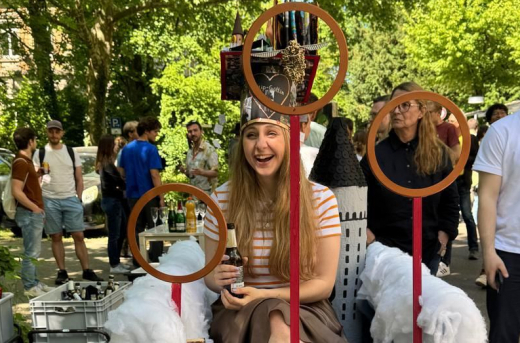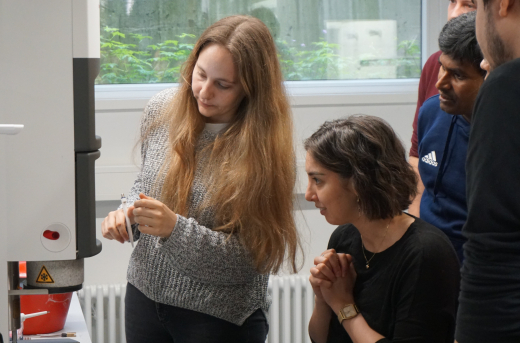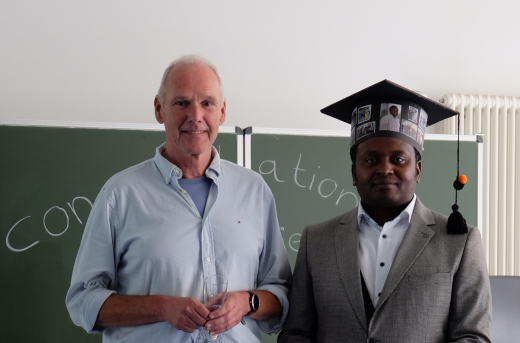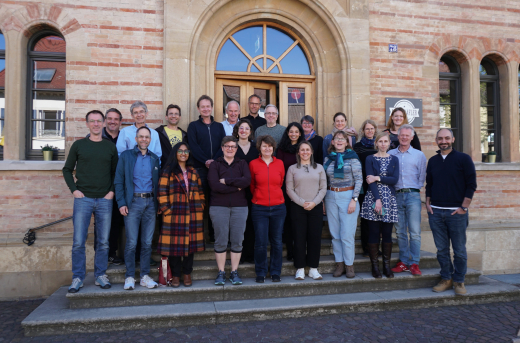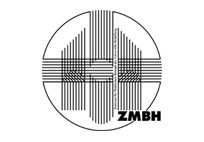The Goal of the SFB 1381
The SFB 1381 investigates how different proteins are dynamically assembled into complex multimers, the so-called protein machineries, which play a central role e.g. in the energy metabolism of the cell, the replication, repair, and transcription of DNA, the folding and degradation of proteins, as well as the intra- and intercellular communication and transport processes. The focus of the SFB 1381 lies on the organization of these protein machineries in modular units, the regulation of their assembly and disassembly, and the impact of these processes on cellular functions.
The aim of the SFB 1381 is to define and understand the dynamic processes of the assembly and organization of cellular protein machineries, and to gain insight into the fundamental processes in a living cell.
Imagefilm of SFB 1381. Video Jürgen Gocke. Also available on Youtube
Upcoming Events
News
Selected Publications
Sindram, E., Deau, M.-C., Ligeon, L.-A., Sanchez-Martin, P., Nestel, S., Jung, S., Ruf, S., Mishra, P., Proietti, M., Günther, S., Thedieck, K., Roussa, E., Rambold, A., Münz, C., Kraft, C., Grimbacher, B. and Gámez-Díaz, L. (2025) LRBA deficiency impairs autophagy and contributes to enhanced antigen presentation and T-cell dysregulation. EMBO reports 1-32-32
Bhuiyan, T., Arecco, N., Mendoza Sanchez, P. K., Kim, J., Schwan, C., Weyrauch, S., Nizamuddin, S., Prunotto, A., Tekman, M., Biniossek, M. L., Knapp, B., Koidl, S., Drepper, F., Huesgen, P. F., Grosse, R., Hugel, T. and Arnold, S. J. (2025) TAF2 condensation in nuclear speckles links basal transcription factor TFIID to RNA splicing factors. Cell Rep 44(5), 115616
Grzejda, D., Hess, A., Rezansoff, A., Gorey, S., Carrasco, J., Alfonso-Gonzalez, C., Tsagkris, S., Neuhaus, L., Shi, M., Ozbulut, H. C., Vögtle, F.-N., Vlachos, A. and Hilgers, V. (2025) Pumilio differentially binds to mRNA 3′ UTR isoforms to regulate localization of synaptic proteins. EMBO reports 1-24-24
Licheva, M., Pflaum, J., Babic, R., Mancilla, H., Elsässer, J., Boyle, E., Hollenstein, D. M., Jimenez-Niebla, J., Pleyer, J., Heinrich, M., Wieland, F.-G., Brenneisen, J., Eickhorst, C., Brenner, J., Jiang, S., Hartl, M., Welsch, S., Hunte, C., Timmer, J., Wilfling, F. and Kraft, C. (2025) Phase separation of initiation hubs on cargo is a trigger switch for selective autophagy. Nature Cell Biology 27, 283–297
Njenga, R. K., Boele, J., Drepper, F., Sinha, K., Marouda, E., Huesgen, P. F., Blaby-Haas, C. and Koch, H. G. (2024) Ribosome-inactivation by a class of widely distributed C-tail anchored membrane proteins. Structure 32(12), 2259-2275 e2256

